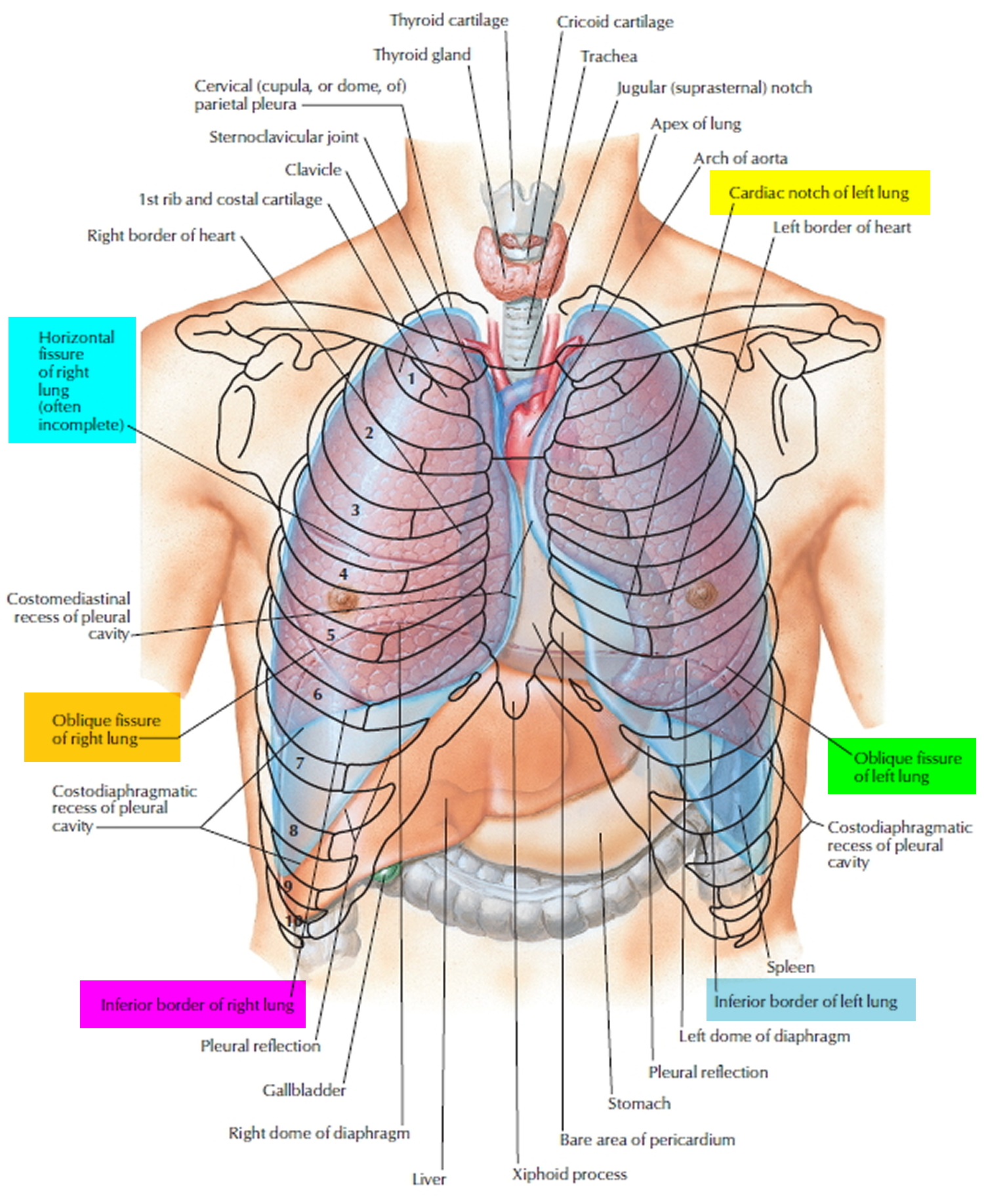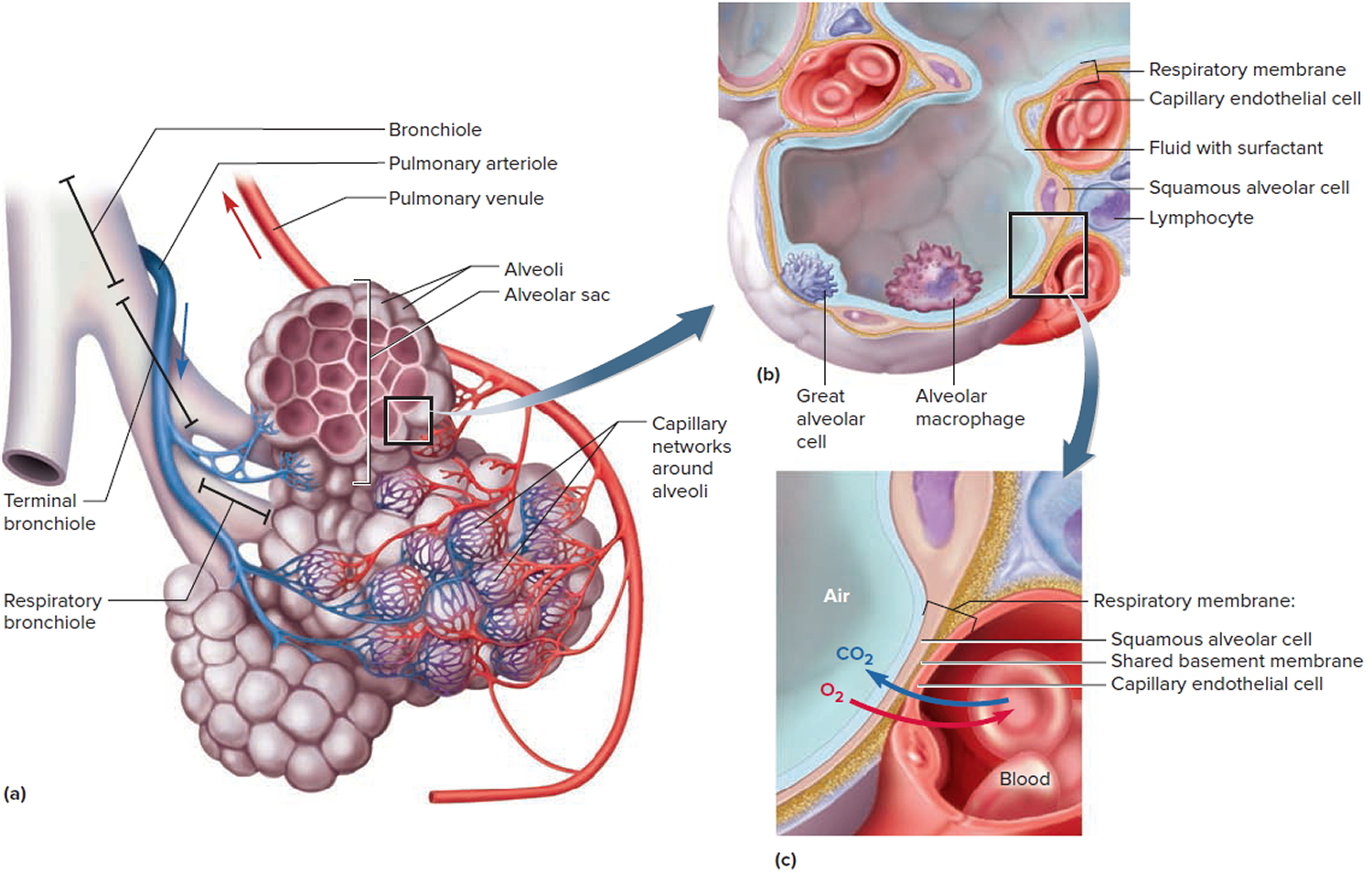What is wheezing
Wheezing is a high-pitched whistling sound made during breathing. Wheezing occurs when air moves through narrowed breathing tubes in the lungs. Wheezing is often associated with difficulty breathing. Wheezing may occur during breathing out (expiration) or breathing in (inspiration). Wheezes, which are defined by Laennec as dry wheezing groans or wheezing, are sounds that last for longer than 50ms (millisecond) 1) or 100ms and less than 250ms 2).
Wheezing is a sign that a person may be having breathing problems. The sound of wheezing is most obvious when breathing out (exhaling). It may also be heard when breathing in (inhaling).
Wheezing most often comes from the small breathing tubes (bronchial tubes) deep in the lungs. But it may be due to a blockage in larger airways or in persons with certain vocal cord problems.
The identification of continuous adventitious breath sounds, such as wheezes in the respiratory cycle, is extremely important for diagnosing airway obstruction pathologies 3). Sovijarvi et al. 4) state that wheezes can present acoustically as symptoms of abnormalities in the respiratory system and can also indicate the severity and location of the most frequently-found airway obstructions in asthma and respiratory stenosis.
Localized wheezing can be heard during inspiration or both respiratory phases, at similar pitches, caused by a partial obstruction of the trachea or bronchi due to the presence of a tumor or foreign body 5).
Diffuse wheezing is most often bilateral, of various tonalities and particularly audible at the end of expiration, encountered in instances of bronchial asthma 6). In chronic obstructive bronchitis (bronchial pneumonia), diffuse expiratory wheezing can also manifest due to the vibration of the bronchial walls which tend to collapse during expiration 7).
If wheezing is severe or occurs with severe shortness of breath, you should go directly to the nearest emergency department.
Mild wheezing that occurs along with symptoms of a common cold or upper respiratory infection (URI), does not always need treatment.
See a doctor if you develop wheezing that is unexplained, keeps coming back (recurrent), or is accompanied by any of the following signs and symptoms:
- Difficulty breathing
- Rapid breathing
- Briefly bluish skin color
Seek emergency care if wheezing:
- Begins suddenly after being stung by a bee, taking medication or eating an allergy-causing food
- Is accompanied by severe difficulty breathing or bluish skin color
- Occurs after choking on a small object or food
In some cases, wheezing can be relieved by certain medications or use of an inhaler. In others, you might need emergency treatment.
Figure 1. Lungs anatomy
Figure 2. Bronchial tree of the lungs
Figure 3. Lungs alveoli
What causes wheezing
Inflammation and narrowing of the airway in any location, from your throat out into your lungs, can result in wheezing.
The most common causes of recurrent wheezing are asthma and chronic obstructive pulmonary disease (COPD), which both cause narrowing and spasms (bronchospasms) in the small airways of your lungs.
However, any inflammation in your throat or larger airways can cause wheezing. Common causes include infection, an allergic reaction or a physical obstruction, such as a tumor or a foreign object that’s been inhaled.
All of the following conditions can lead to wheezing:
- Allergies
- Anaphylaxis (a severe allergic reaction, such as to an insect bite or medication)
- Asthma
- Breathing a foreign object into the airways to the lungs
- Bronchiectasis (a chronic lung condition in which abnormal widening of bronchial tubes inhibits mucus clearing)
- Bronchiolitis (swelling and mucus buildup in the smallest air passages in the lungs) especially in young children
- Bronchitis which is swelling and mucus buildup in the main passages that carry air to the lungs
- Childhood asthma
- COPD (chronic obstructive pulmonary disease)
- Emphysema
- Epiglottitis (swelling of the “lid” of your windpipe)
- Gastroesophageal reflux disease (GERD)
- Heart failure (cardiac asthma)
- Insect sting that causes an allergic reaction
- Lung cancer
- Medications (particularly aspirin)
- Sleep apnea, obstructive (a condition in which breathing stops and starts during sleep)
- Pneumonia (infection of the lungs)
- Respiratory syncytial virus (RSV) — especially in young children
- Respiratory tract infection (especially in children younger than 2)
- Smoking
- Vocal cord dysfunction (a condition that affects vocal cord movement)
Wheezing diagnosis
Your doctor will perform a physical exam and ask about your medical history and symptoms. Questions about your wheezing may include when it started, how long it has lasted, when it is worse, and what might have caused it.
The physical exam may include listening to the lung sounds (auscultation). If your child has the symptoms, the provider will make sure your child didn’t swallow a foreign object.
Tests that may be done include:
- Blood work, possibly including arterial blood gases
- Chest x-ray
- Lung function tests
A hospital stay may be needed if:
- Breathing is particularly difficult
- Medicines need to be given through a vein (IV)
- Supplemental oxygen is required
- The person needs to be closely watched by medical personnel
Wheezing treatment
Wheezing treatment is to treat the underlying cause of wheezing (see causes above).
To ease mild wheezing related to a common cold or upper respiratory infection, try these tips:
- Moisturize the air. Use a humidifier, take a steamy shower or sit in the bathroom with the door closed while running a hot shower. Moist air might help relieve mild wheezing in some instances.
- Drink fluids. Warm liquids can relax the airway and loosen up sticky mucus in your throat.
- Avoid tobacco smoke. Active or passive smoking can worsen wheezing.
- Take all prescribed medications. Follow the doctor’s instructions.
References [ + ]









